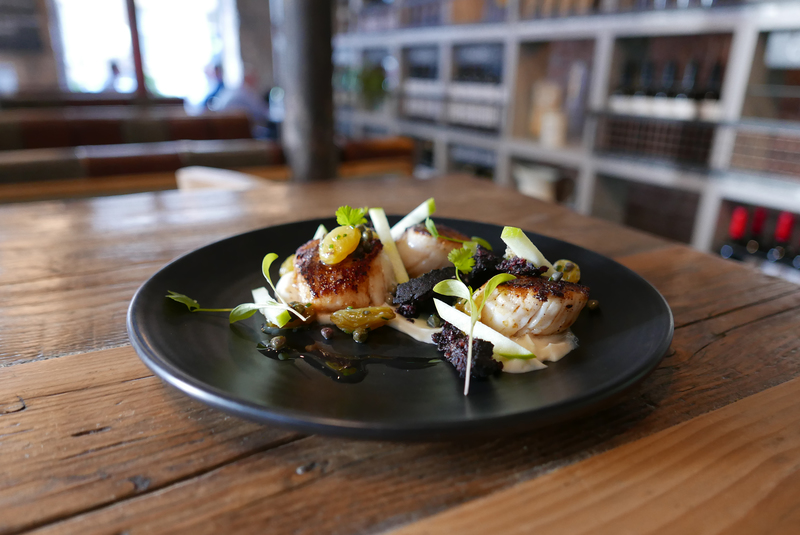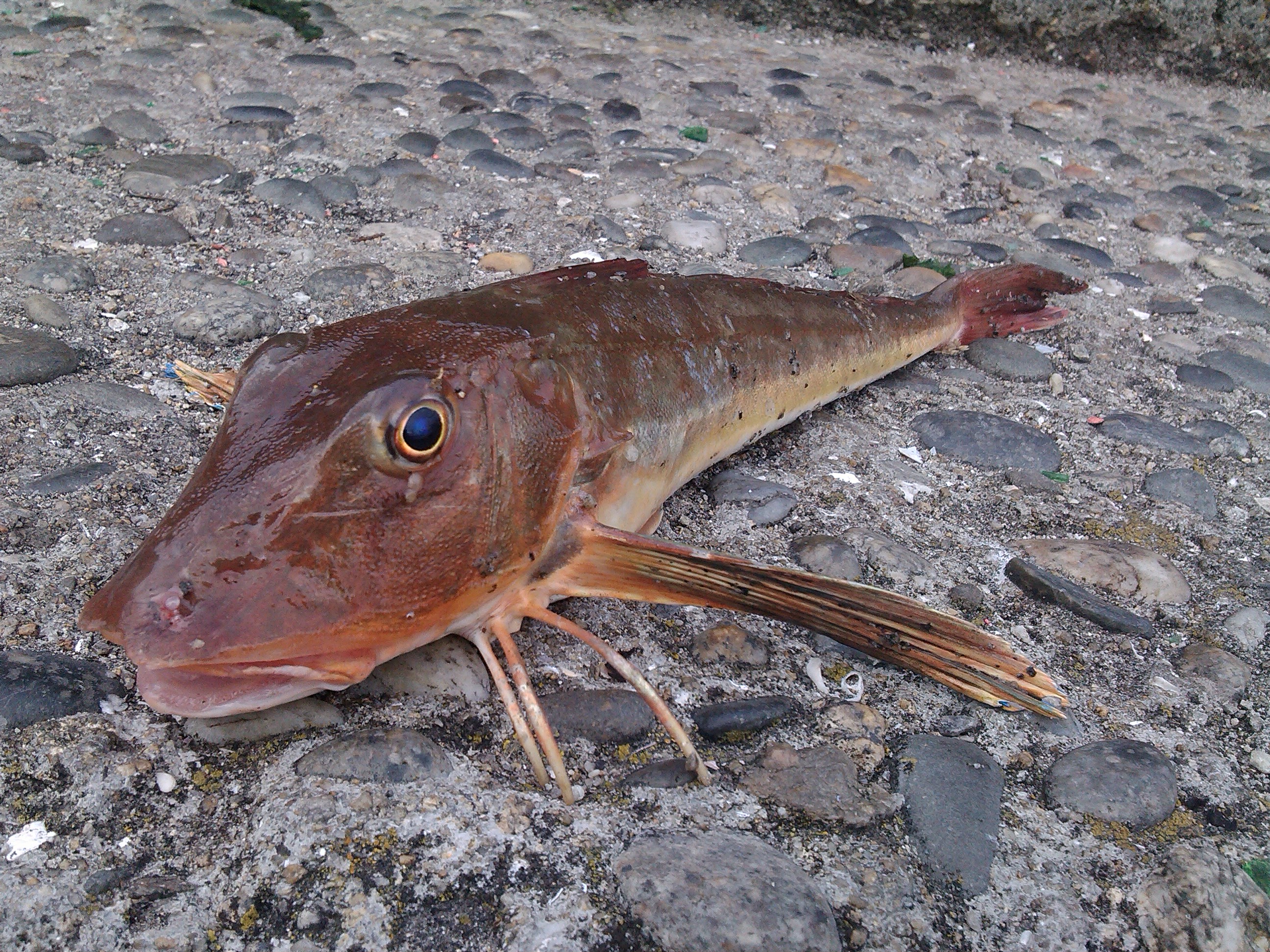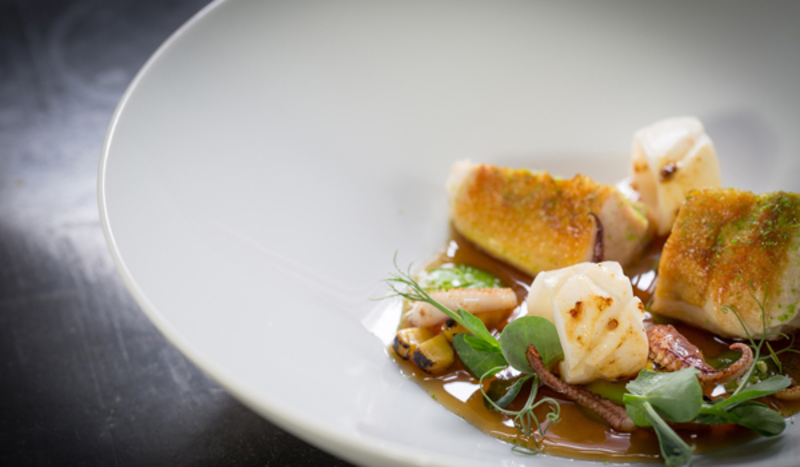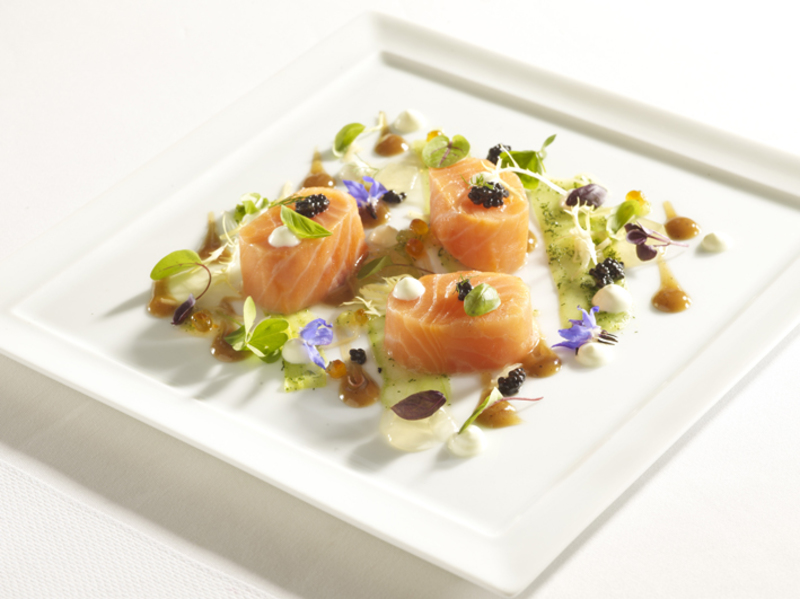
February seasonal update

From seasonal vegetables to game and seasonal fruits, read our monthly market report to decide what to feature on your menus this month
When are black winter truffles in season?
Black winter truffles are available from the end of November through to the end of March.
Their strong depth of flavor allows them to be cooked briefly - lightly sautéed in truffle oil or butter - or slowly at low temperature. However, they are most often sliced or shaved on top of dishes to add depth.
They are often paired with seafood, garlic, shallots, light-bodied vinegars, mascarpone, aged hard cheeses, citrus and herbs such as tarragon, basil and arugula, and used to heighten sauces, pasta and risotto dishes.
While they are perishable, truffles can last for up to 10 days if cleaned, dried and chilled.
The Périgord variety have a dark black flesh and are beautifully marbled with distinct white veining. The aroma and flavour of these truffles is earthier and nuttier and have an almost chocolatey note.
Why not try Michelin-starred executive chef of Mãos, Edoardo Pellicano's recipe for celeriac and braised chicken skin noodles with crispy shallots and Périgord black truffle?
Alternatively, test your skills with chef owner of Oriole, Noah Sandoval's recipe for rye capellini with yeast butter and truffles!
What to make with fresh horseradish
Horseradish is a perennial root vegetable from the Brassicaceae family, typically used as a spice and prepared as a condiment.
The root is traditionally considered medicinal and commonly used as a substitute for true wasabi in Japanese cuisine.
Because it contains a compound which, when broken down, releases volatile mustard oil, grated fresh horseradish can be vicious. Thus it is worth wearing protective eyewear and opening windows if handling it in large quantities.
Because the compound is harmful to the plant also, it will turn dark and bitter if left unpreserved. However, preserved sauces tend to lack in pungency. The leaves are edible but toughen as they mature - spring leaves work well in salads.
A decorative cress bearing the mild flavour of red beets, its earthy taste combines well with sweet flavours and balances well with horseradish.
Chef Joginder Singh Dham whips his horseradish into a cream and serves it with beetroot-cured salmon.
When does wild duck season end?
The mallard is a large and heavy looking duck with a long body, and a long and broad bill.
Its flavour is similar but less gamey than wild goose, and it is leaner and more flavoursome than farmed duck.
One bird will feed one or two as a main course and can be roasted, confited or pan-fried in much the same way as bred duck.
Duck shooting season ends January 31st in most of the UK, but extends to February 20th below the high water mark in England and Scotland.
Terry Laybourne, chef owner of 21 Hospitality Group Ltd says you can use mallard in his take on a game pie. Meanwhile, Benedicts chef proprietor Richard Bainbridge suggests dry-ageing it and serving it with celery ribbons and a duck egg sabayon.
Scallops - what to look for and how to use them
Look for dry scallops, not wet ones: make sure they aren't treated with sodium tripolyphosphate (STP), commonly added to increase their permeability, as this stops them from searing properly.
Scallops need to have a white to light pink tinge, and must smell of the sea - not fishy! Scallops should be firm, and bounce back when touched.
Scallop recipes

Why not try Ashley Palmer Watts' sherried scallops, Jonathan MacDonalds' seared scallops with black pudding, cauliflower and spiced golden raisins or Michael Caines' pan-fried scallops with caramelised cauliflower purée, soused cauliflower florets, cumin velouté and sweet raisin vinaigrette?
Watch
Gurnard - what it is and why you should use it
This lean, firm, white fish of the sea robin family is an abundant species. It is particularly plentiful on the Cornish coastline and west of Brittany, and can be found throughout the northeast Atlantic from South Norway and north of the British Isles to Mauritania.
It makes great soups and stock, and can be prepared whole, though it can be quite bony.
Of six known species in European waters, red gurnard is the most common.

Guinea fowl - How to use it more and what to look out for
One of the world's oldest gallinaceous birds, the Guinea fowl is native to Africa, and was brought to Europe by Portuguese merchants in the 16th century. The most common type found in Europe is the helmeted guinea fowl.
While young guinea fowl can be cooked quickly, older birds tend to be tougher, and thus are better suited to stews and casseroles.
Otherwise known as shiso perilla, shiso purple is widely used in Japanese, Korean and Vietnamese cuisine. Its taste is slightly reminiscent of cumin.
It can be used in a variety of dishes and makes for an aesthetically pleasing, colourful garnish. It tastes best when combined with wild mushrooms or Guinea fowl.
Guinea fowl recipes

Why not try Steve Drake's Guinea fowl and squid broth with peas and sweetcorn; David Wilson's braised supreme of free range Guinea fowl, or Ricardo Soares' Guinea fowl and pear terrine?
How do you prepare purple sprouting broccoli?
Purple sprouting broccoli comes good in February for only a short period, so make the most of this curiously purple and thinner stemmed version of broccoli. They can be prepared like normal broccoli and the doused in butter and lemon juice for an alternative starter to asparagus, just be careful not to overcook them.
Watch chef Luke Holder create a pasta recipe with purple sprouting broccoli:
How can I make the most of blood oranges?
The blood orange, which gets its name from the crimson colour of the flesh, are cultivated and on the market in February and March. They are an excellent source of vitamin C and can be baked in tarts, used in salads or even made into ice cream or sorbets, which is what is served alongside this almond opera cake.
See how to create chef Arnaud Stevens hake with blood orange - recipe here
What goes well with wild salmon?
Although farmed salmon is available throughout the year, wild salmon only appears on the market starting in February to March. One of the most popular food fishes, salmon has high levels of protein, fatty acids and vitamins which are all essential to our diet. This recipe pairs the fish with cucumber, honey and soy vinaigrette.

What sauces go well with mussels?
Easy to cook, delicious and sustainable, mussels are also one of the most versatile types of shellfish you can buy. From cream and parsley based sauces to recipes that utilise smokey onion and ancho chilli, there are so many different ways to maximise mussels which are in season in February.
Why not try Chad Byrne's recipe for Cromane mussels or watch Arnaud Stevens cook his recipe for mussels with suckling pig belly, hake with blood orange.
Are you using any of these ingredients in your menus, let us know over on @canteentweets or our Facebook page. Look out for our seasonal update next month to see what's in season.
What is the best way to cook hare?
Begining in August and lasting throuh February, hare season is a great time to create full bodied game inspired recipes. Hare meat works particularly well when braised, roasted or simmered into warming stews. When buying hares be sure to buy hare that have been shot in the head rather than the body and eat the meat as fresh as possible.
Watch Michein-starred chef Michael Wignall, Chef Patron of The Angel at Hetton, create a hare with grains and onion recipe.
Are you using any of these seasonal ingredients in your menus? Upload your pics and recipes to our Chef+ mobile app!


The Staff Canteen team are taking a different approach to keeping our website independent and delivering content free from commercial influence. Our Editorial team have a critical role to play in informing and supporting our audience in a balanced way. We would never put up a paywall and restrict access – The Staff Canteen is open to all and we want to keep bringing you the content you want; more from younger chefs, more on mental health, more tips and industry knowledge, more recipes and more videos. We need your support right now, more than ever, to keep The Staff Canteen active. Without your financial contributions this would not be possible.
Over the last 12 years, The Staff Canteen has built what has become the go-to platform for chefs and hospitality professionals. As members and visitors, your daily support has made The Staff Canteen what it is today. Our features and videos from the world’s biggest name chefs are something we are proud of. We have over 500,000 followers across Facebook, Twitter, Instagram, YouTube and other social channels, each connecting with chefs across the world. Our editorial and social media team are creating and delivering engaging content every day, to support you and the whole sector - we want to do more for you.
A single coffee is more than £2, a beer is £4.50 and a large glass of wine can be £6 or more.
Support The Staff Canteen from as little as £1 today. Thank you.


















